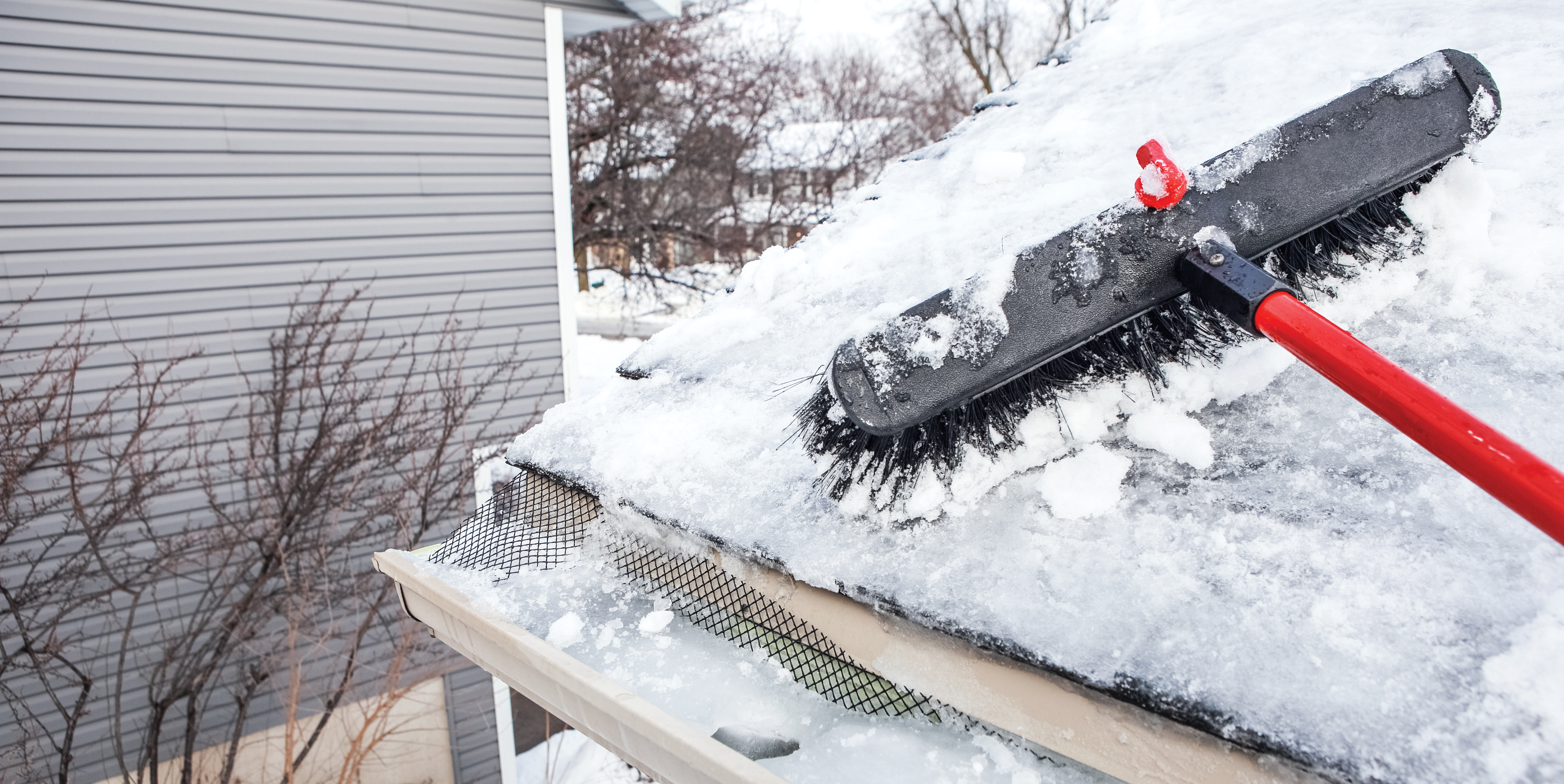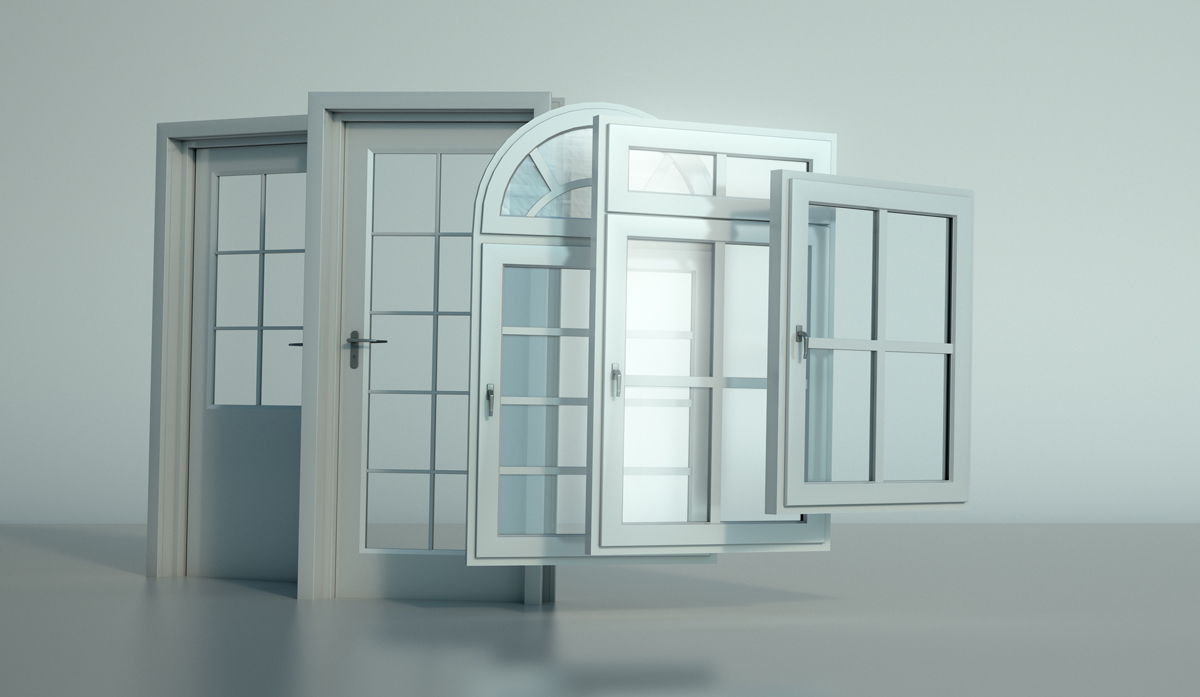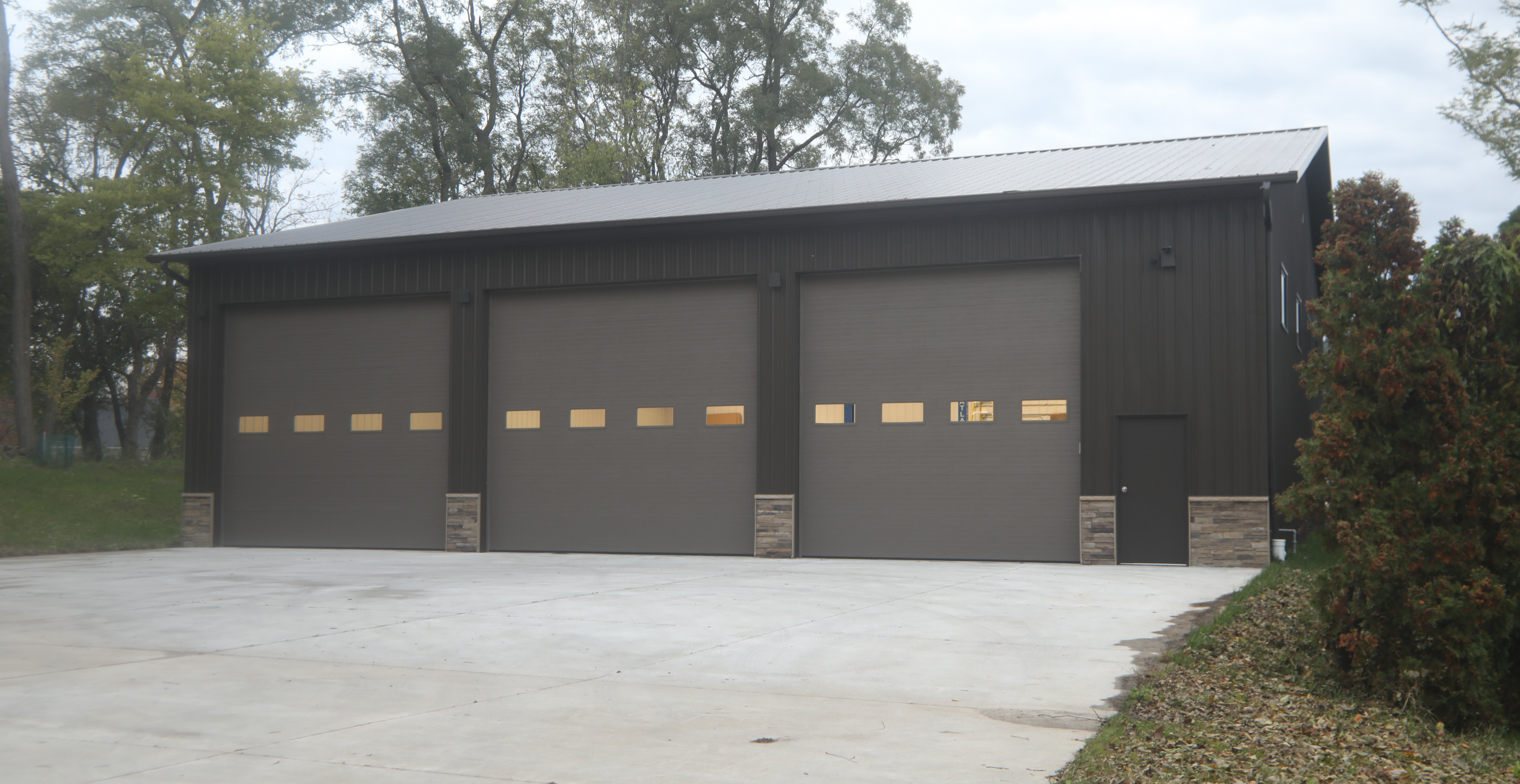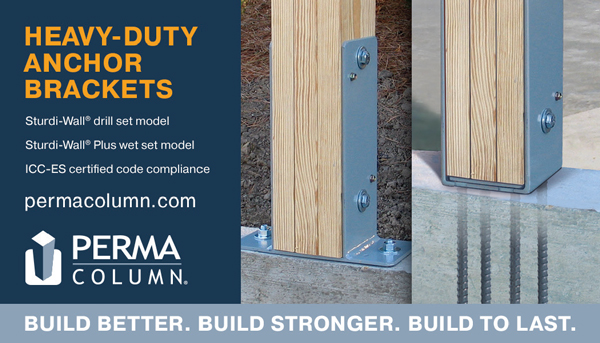Courtesy of Snap-Z
Ignoring proper roof ventilation can become a costly mistake for both the owner and you, the builder. It can cause mold, ice dams and higher heating and cooling bills in temperature-controlled buildings. Improper ventilation can also damage your reputation. If an owner experiences issues because of improper ventilation, they will blame these issues on the contractor.
Cold Climates
In a cold climate, the main goal is to keep the roof cold to prevent ice dams. We have all seen the damage ice dams can do to a roof and the leaking it can cause. Proper ventilation helps keep the roof from getting too warm by removing warm air that rises from the conditioned space below.
If this warm air is not removed, it warms the roof, which can begin melting the snow and start the subsequent thaw/freeze cycle. Proper roof venting also removes humidity that moves from the conditioned space to the attic. This helps prevent mold and other moisture issues.
Warm Climates
In a warm climate, proper ventilation is critical for removing warm air from the attic. This warm air is often the result of a hot solar-heated roof. It also helps keep moisture out of the building, particularly if it’s in an area with heavy precipitation and wind. Even a small leak can quickly cause major damage, whereas proper ventilation can help minimize the damage.
Roof ventilation in warm climates also has a financial advantage for the owner. Bringing the shed temperature as close to the outside temperature as possible minimizes the risk of damage to whatever is stored in the building. Plus, if the owner decides to condition the air, it will cost less.
Mixed Climates
In a mixed climate, which covers much of the United States, proper ventilation provides the benefits of both cold and warm climates depending on the season. In the wintertime, ice dams will not form on the roof. In the summertime, the owner will have lower cooling bills with a moisture-free attic, no matter what the weather brings.
Educate your customers: Proper roof ventilation applies to every building in every climate and should not be ignored. GCSB





















